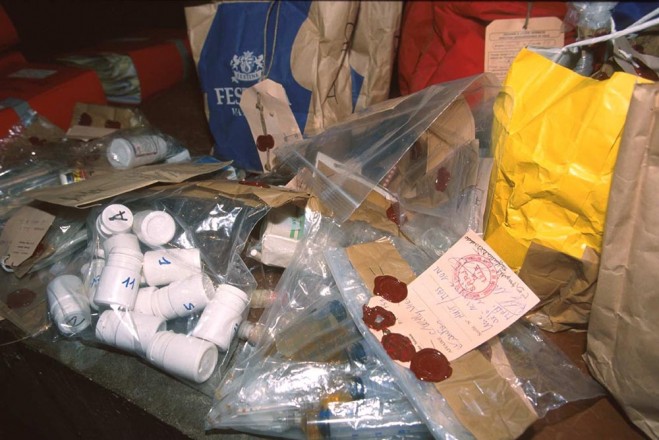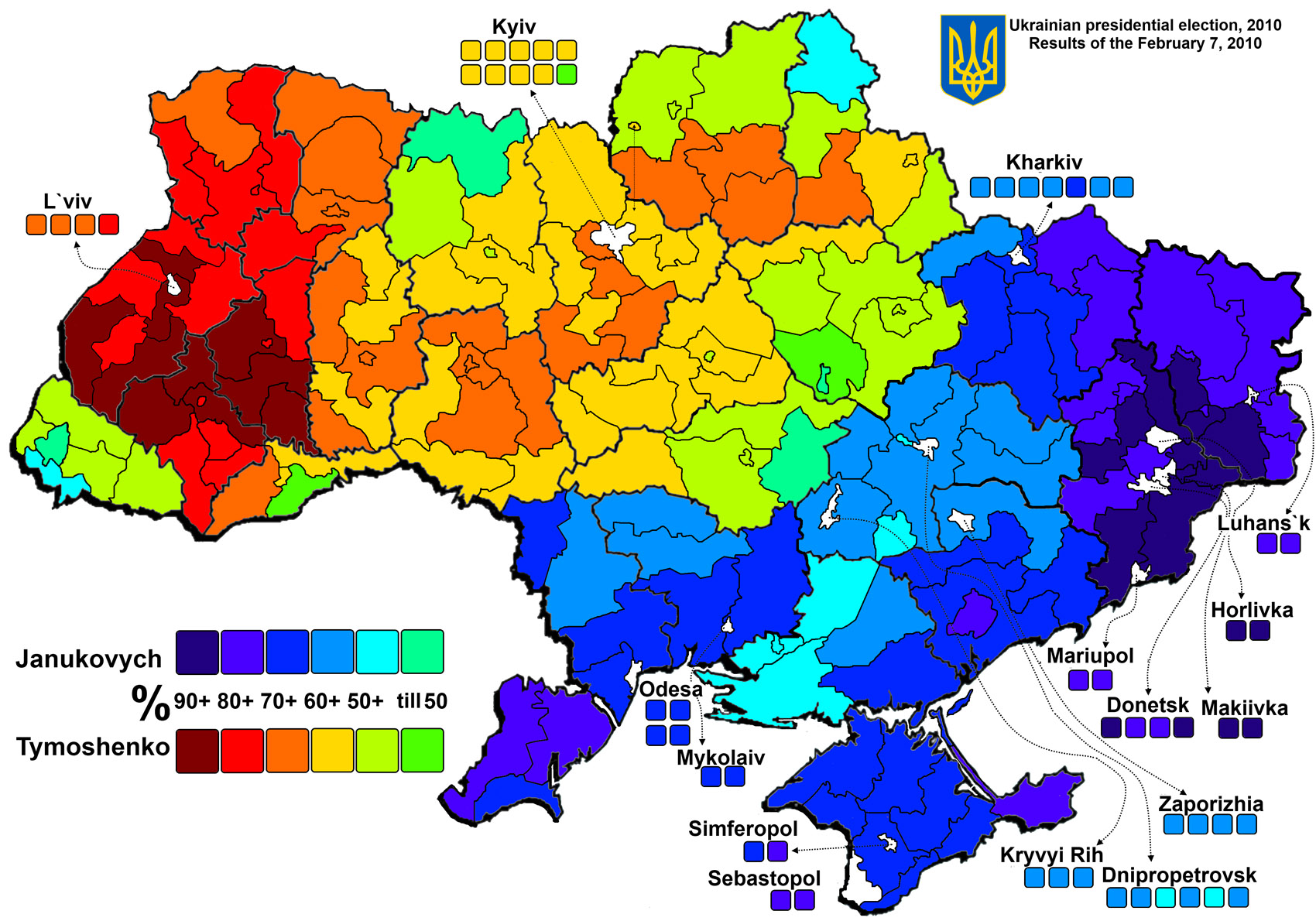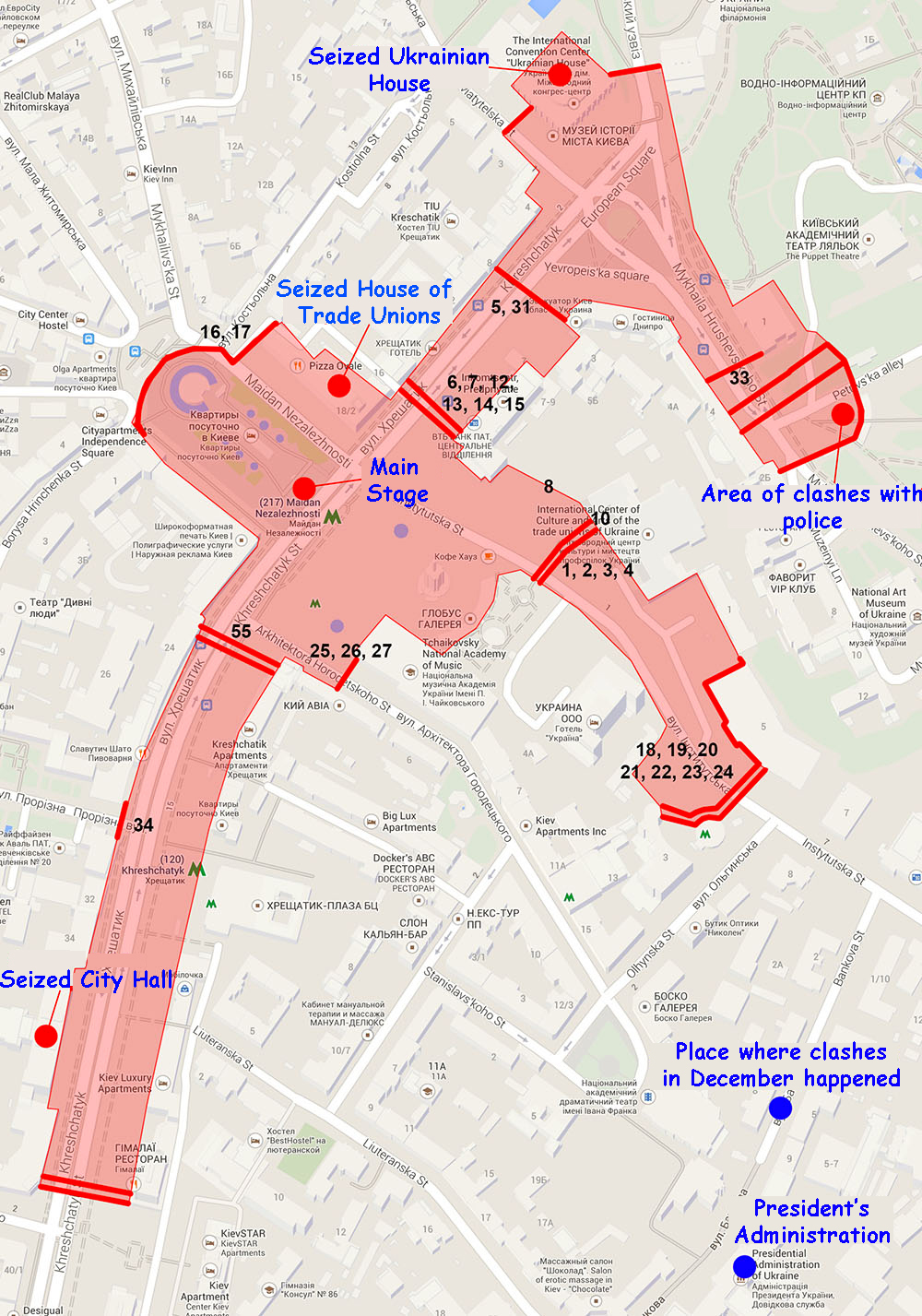
Independent commission offers many carrots, few sticks to former dopers
February 11, 2014
Modified Corn a Step Closer to Approval in Europe
February 11, 2014Ukrainians have lately barreled across American headlines with a
display of their Olympic-level
Molotov cocktail tossing skills and talent for fabricating
catapults, provoking some to ask, what the hell is
happening over there? While
many articles
recapitulate the basics—police are clashing with citizens who
are protesting President Viktor Yanukovych’s
Kremlin-pressured u-turn on an economic association deal with
the European Union (E.U.)—scant are reports on the government’s
slipping grip on key demographics and the dynamic and unified
opposition.
Central to understanding the significance of the “Euromaidan”
movement (meaning
“European Square” and referring to the location where protests
began in November), is a view of the nation’s
opposite geographical ends. Despite being mostly landlocked
and about as flat as Kansas, “Ukraine” means
“borderlands,” as it has historically been a meeting point between
east and west. A more literal translation of the name, and more
illuminating for the precarious current events, would be “on the
edge.”
 Vasyl` BabychSeventeen percent of
Vasyl` BabychSeventeen percent of
Ukraine’s total population, concentrated heavily in eastern
provinces, are ethnically Russian—the president included (Can you
imagine the birther conspiracies?). Twenty-seven percent identify
as both Russian and Ukrainian.
Overlapping with this is 30 percent who still identify as
Soviet. Russian language speakers are dominant in 11 of the
country’s 24 provinces. In 2010, the nation was unforgiving of his
predecessor’s failures, and the Russian-leaning demographic, along
with older
voters, tipped the scale in Yanukovych’s favor. One major
Russian politician goes so far as to claim that
Yanukovich will deliver eastern Ukraine back to Russian rule.
This has created tension with the other side of the country, as
“people in western Ukraine see themselves as European,” explains
Slava Dvornikov, a resident of Kiev and participant in Euromaidan.
Since gaining independence in 1991, Ukraine’s younger voters and
westerners consistently align themselves with more liberal,
democratic values found elsewhere in Europe. They have in the last
two presidential elections consistently opposed
Yanukovych.
Orlando Figes of Foreign Affairs
extrapolates that these historical demographic differences are
too deep-seated for reconciliation.
Times are changing, though. “This is a revolution,” asserts Paul
Goble of The Institute of World Politics. “It has been an article
of faith for 25 years in Moscow and Washington that the ethnic
Russians in Ukraine will hold Ukraine in the Russian orbit,” but
“they haven’t come out. There hasn’t been the kind of action people
predicted.”
In fact, protests have spread deep into the east. World
Affairs‘ Alexander Motyl
writes that “for 500 marchers to assemble in Donetsk,” normally
Yanukovych’s most supportive province, “is the equivalent of 50,000
in Lviv or 500,000 in Kiev,” which are in the west and center,
respectively.
Ethnicity and age take a backseat to hunger.
“It’s not just young males fighting with police, it’s old
grannies supplying them with Molotov cocktails and other supplies,”
says Nikita Komaroff, who lives just blocks from the Euromaidan
encampment.
 euromaidanpr.wordpress.com“People see Yanukovych’s
euromaidanpr.wordpress.com“People see Yanukovych’s
cronies getting richer while everyone else gets poorer,” suggests
Dvornikov. People throughout Ukraine are becoming increasingly
dissatisfied not only with the president’s soft spot for the
Kremlin, but the corrupt
dealings domestically that have secured the nation as one of the
most economically
repressed in the world. Despite being resource rich
and one of Europe’s largest countries, it has a GDP
comparable to Utah’s.
The dashed prospect of economic improvement was merely the straw
that broke the camel’s back. From E.U. nations to Ukraine to Russia
the respective rankings by Freedom House are free,
partially free, and not
free. Ukraine has been slipping in the wrong direction. The
people are galvanized to literally fight for their rights after
witnessing Yanukovych
consolidate power, trample peoples’
rights, and allow riot police to use deadly force.
“That’s why 500,000 people came into the streets. When 10,000
people came into the streets and the police attacked them, they had
to show that they are not slaves,” Komaroff states
The movement now occupies
government buildings in eight regions. At the heart of the
protests in Kiev, they control several blocks of streets and are
inching toward the president’s office. So, what happens next?
Radio Free Europe
questions the likelihood of Ukraine successfully emerging from
this revolution as a more liberal nation. For a nation younger than
the Nintendo NES, Ukraine already has a spotty
record on reform.
This precedence, coupled with a flood of fiery and bloody
photographs leads The New Criterion editorial board to
predict an unsavory fate of “post-democratic totalitarianism”
whether or not Yanukovych is ousted. And, Vladimir Pastukhov, an
adviser to the Constitution Court of Russia, worries that the
lack of central leadership in Ukraine’s opposition will doom the
movement.


